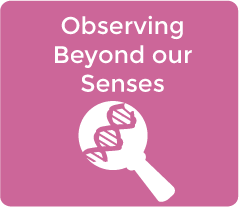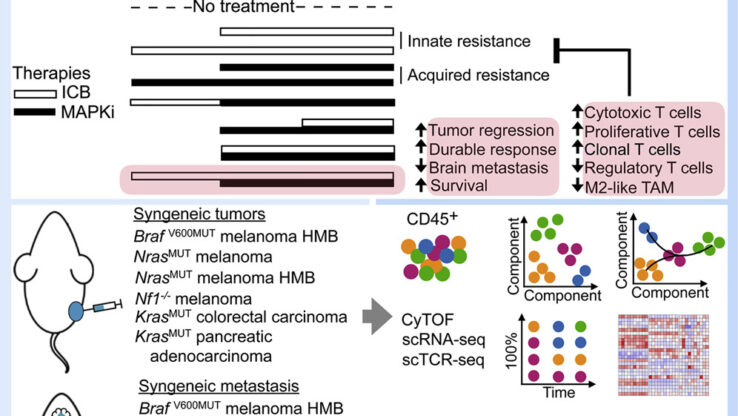HS-LS1 From Molecules to Organisms: Structures and Processes
 see.isbscience.org/ngss/hs-ls1-from-molecules-to-organisms-structures-and-processes/
see.isbscience.org/ngss/hs-ls1-from-molecules-to-organisms-structures-and-processes/| Disciplinary Core Topics |
| LS1.A: Structure and Function
LS1.B: Growth and Development of Organisms LS1.C: Organization for Matter and Energy Flow in Organisms LS1.D: Information Processing |
|
Students who demonstrate understanding can: |
|
HS-LS1-1. Construct an explanation based on evidence for how the structure of DNA determines the structure of proteins which carry out the essential functions of life through systems of specialized cells. [Assessment Boundary: Assessment does not include identification of specific cell or tissue types, whole body systems, specific protein structures and functions, or the biochemistry of protein synthesis.] HS-LS1-2. Develop and use a model to illustrate the hierarchical organization of interacting systems that provide specific functions within multicellular organisms. [Clarification Statement: Emphasis is on functions at the organism system level such as nutrient uptake, water delivery, and organism movement in response to neural stimuli. An example of an interacting system could be an artery depending on the proper function of elastic tissue and smooth muscle to regulate and deliver the proper amount of blood within the circulatory system.] [Assessment Boundary: Assessment does not include interactions and functions at the molecular or chemical reaction level.] HS-LS1-3. Plan and conduct an investigation to provide evidence that feedback mechanisms maintain homeostasis. [Clarification Statement: Examples of investigations could include heart rate response to exercise, stomate response to moisture and temperature, and root development in response to water levels.] [Assessment Boundary: Assessment does not include the cellular processes involved in the feedback mechanism.] HS-LS1-4. Use a model to illustrate the role of cellular division (mitosis) and differentiation in producing and maintaining complex organisms. [Assessment Boundary: Assessment does not include specific gene control mechanisms or rote memorization of the steps of mitosis.] HS-LS1-5. Use a model to illustrate how photosynthesis transforms light energy into stored chemical energy. [Clarification Statement: Emphasis is on illustrating inputs and outputs of matter and the transfer and transformation of energy in photosynthesis by plants and other photosynthesizing organisms. Examples of models could include diagrams, chemical equations, and conceptual models.] [Assessment Boundary: Assessment does not include specific biochemical steps.] HS-LS1-6. Construct and revise an explanation based on evidence for how carbon, hydrogen, and oxygen from sugar molecules may combine with other elements to form amino acids and/or other large carbon-based molecules. [Clarification Statement: Emphasis is on using evidence from models and simulations to support explanations.] [Assessment Boundary: Assessment does not include the details of the specific chemical reactions or identification of macromolecules.] HS-LS1-7. Use a model to illustrate that cellular respiration is a chemical process whereby the bonds of food molecules and oxygen molecules are broken and the bonds in new compounds are formed resulting in a net transfer of energy. [Clarification Statement: Emphasis is on the conceptual understanding of the inputs and outputs of the process of cellular respiration.] [Assessment Boundary: Assessment should not include identification of the steps or specific processes involved in cellular respiration.] |
Source: http://www.nextgenscience.org






